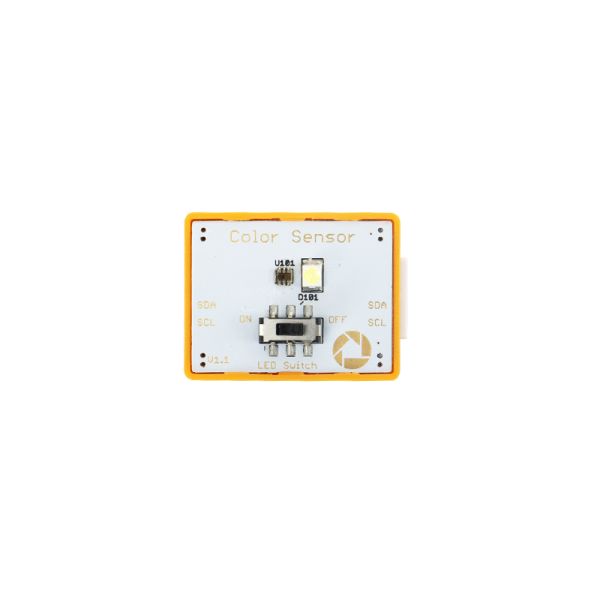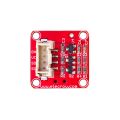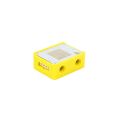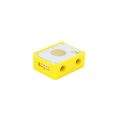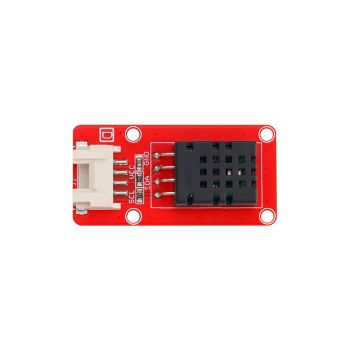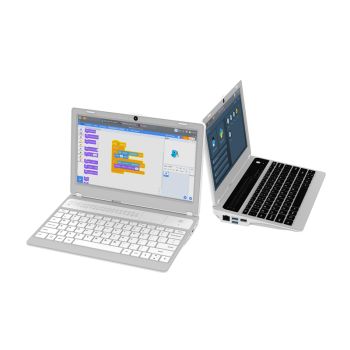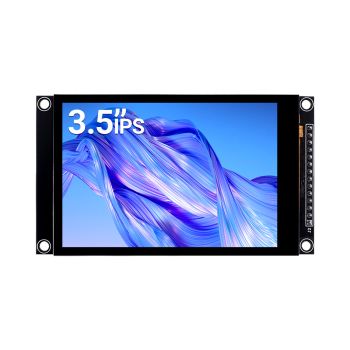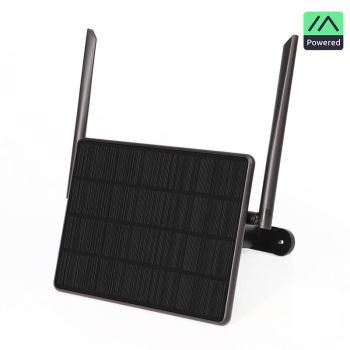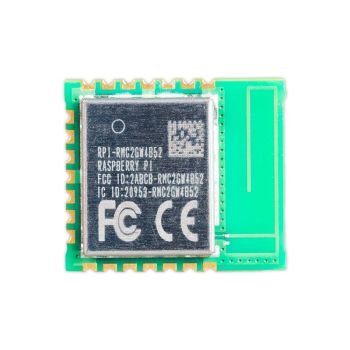Crowbits-Color Sensor

Description
The color sensor can recognize the color of the surface of the object.
How does it work?
The color sensor is also called a color recognition sensor. It covers the corrected red, green, and blue filters on an independent photodiode, and then processes the output signal accordingly to identify the color signal. The color sensor has high reliability in detecting similar colors and tones. It achieves color detection by measuring the reflection ratio of the three primary colors that make up the color of the object. Due to the extremely high precision of this color detection method, the sensor can accurately distinguish extremely similar colors, even different tones of the same color. Generally, the sensor has three light sources of red, green and blue. Three kinds of light emitted by the same lens to be a target object reflected. The amount of light reflected or absorbed depends on the color of the object.
Bring the color object to be tested close to the sensor, illuminate the measured object with the lamp, and then reflect it back to the sensor. After the sensor is identified and calculated, the value corresponding to the current color is output. Since the wavelength emitted by different colors is different, so different colors come back to the sensor after light, you will get different values. According to the feedback value, the specific color will be known after the operation.
How to use it?
The color sensor module is connected to the main board, downloads the detection program of the color sensor, and outputs the result when the color is detected. It can also be used with the output display module to show the results on the display module.

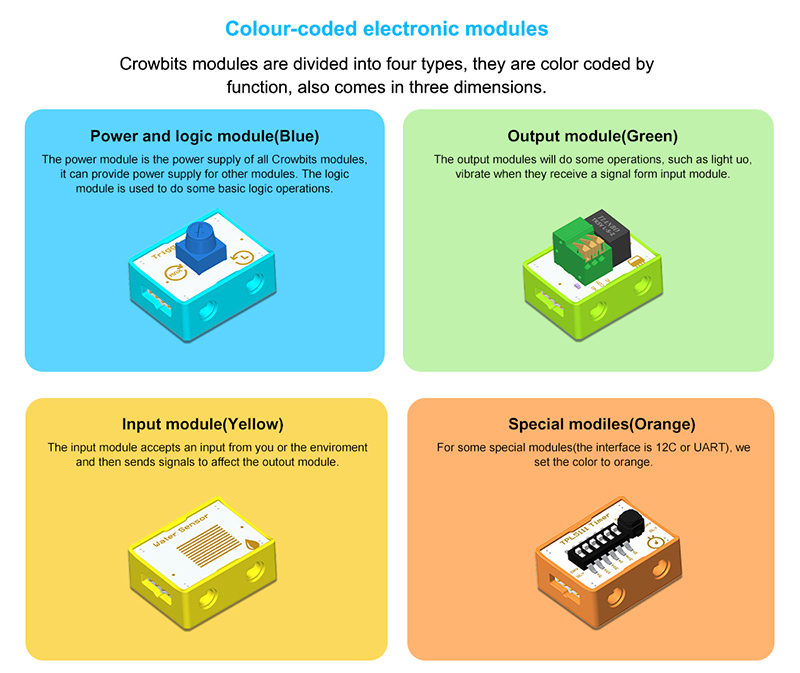





Specification
- Interface Type: I2C
- Operating Voltage: 3.3V DC
- Dimensions: 31.5(L)*24.5(W)*13(H)mm

